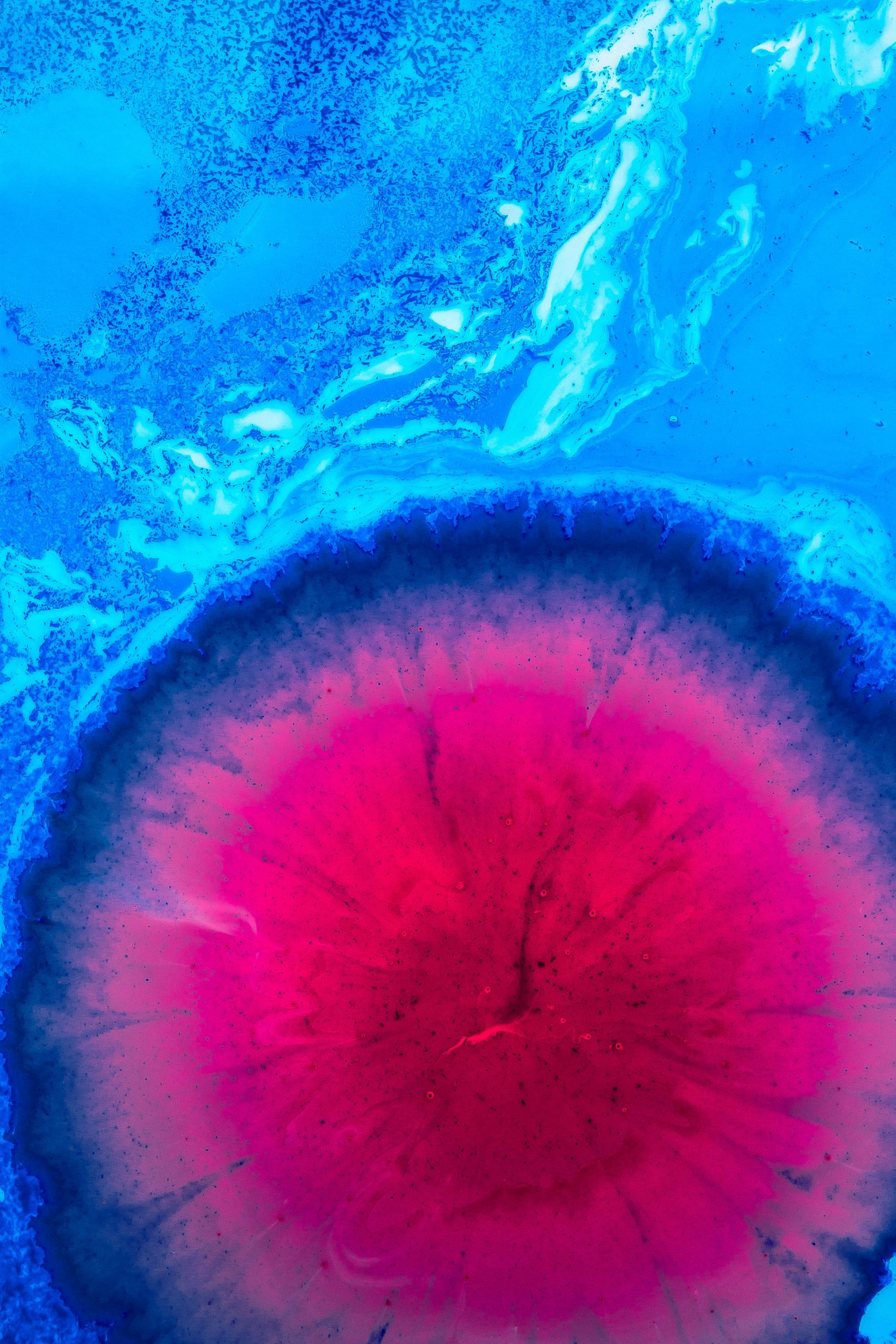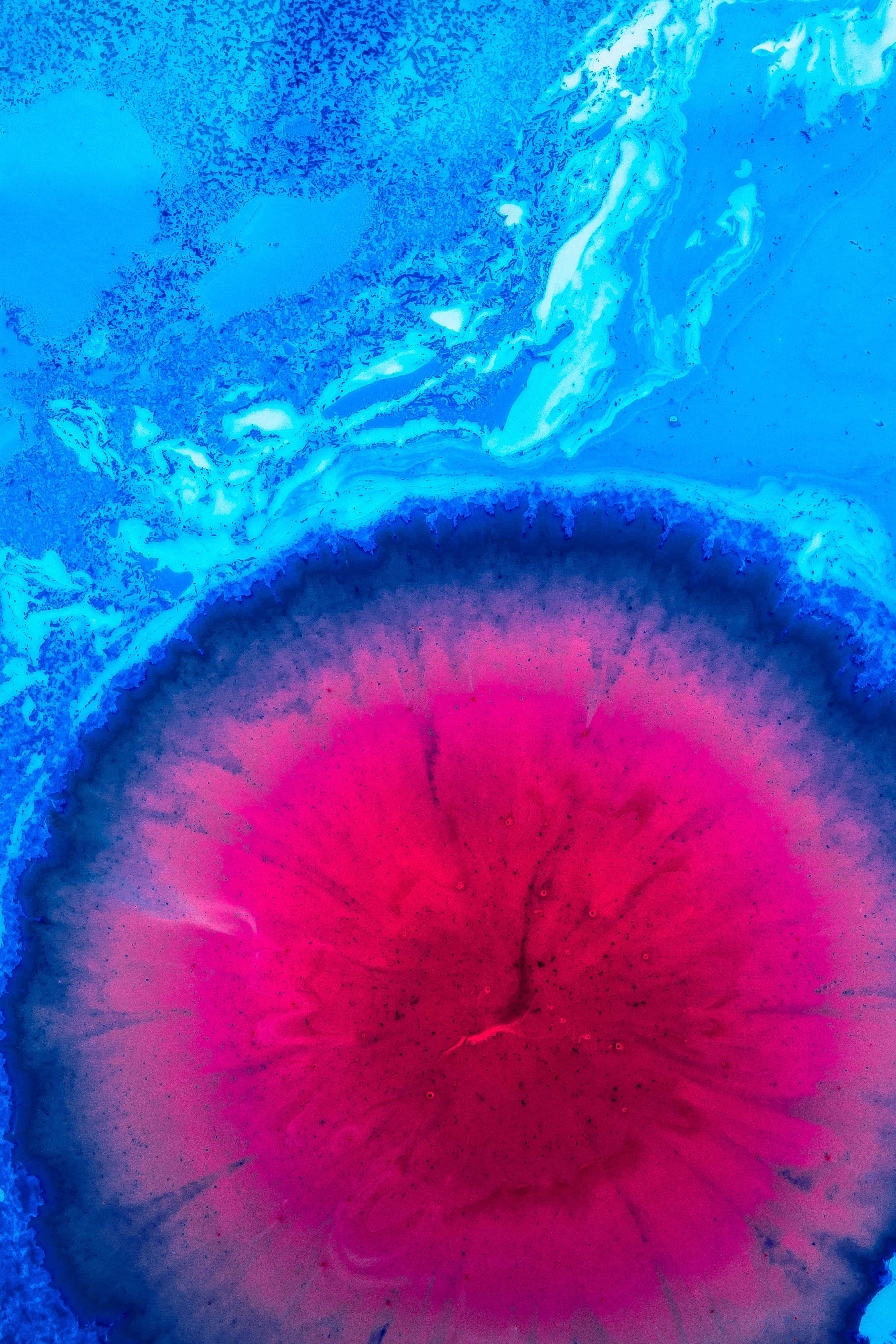As I noted in the post, Why NSAIDs Suck for Floxies (and Probably Everyone Else Too), NSAIDs often exacerbate fluoroquinolone toxicity symptoms, and there are several mechanisms through which NSAIDs can interact with fluoroquinolones. The results of a recent article published in the Journal of Molecular and Cellular Cardiology by researchers at UC Davis, Different effects of the nonsteroidal anti-inflammatory drugs meclofenamate sodium and naproxen sodium on proteasome activity in cardiac cells, help to further explain why NSAIDs trigger fluoroquinolone toxicity symptoms, and why they are a horrible combination.
NSAIDs and Fluoroquinolones Damage Mitochondria
The study showed that NSAIDs “Attack mitochondria, reducing the cardiac cell’s ability to produce energy” (source).
Likewise, fluoroquinolones have been shown to attack mitochondria. The studies, Bactericidal Antibiotics Induce Mitochondrial Dysfunction and Oxidative Damage in Mammalian Cells and Delayed cytotoxicity and cleavage of mitochondrial DNA in ciprofloxacin-treated mammalian cells show that fluoroquinolones damage mitochondria, deplete mitochondrial DNA, and cause oxidative stress. Also, the FDA admits that mitochondrial damage is the likely mechanism through which fluoroquinolones cause peripheral neuropathy.
Healthy mitochondria are vital for cellular energy and health. Unhealthy mitochondria have been linked to many diseases, including M.S., fibromyalgia, M.E./C.F.S., P.O.T.S., diabetes, cancer, aging, and more. Do NSAIDs and fluoroquinolones increase one’s chances of getting those diseases that are related to mitochondrial dysfunction? It’s certainly reasonable to think so – via the mitochondrial damage link – but studies have not shown a direct connection (mainly because neither have been researched).
NSAIDs and Fluoroquinolones Increase Reactive Oxygen Species (ROS)
NSAIDs also “Cause the production of reactive oxygen species, which stresses heart cells and is associated with many diseases, including heart disease” (source).
Fluoroquinolones have also been shown to increase production of reactive oxygen species (ROS – aka oxidative stress). The article, Oxidative Stress Induced by Fluoroquinolones on Treatment for Complicated Urinary Tract Infections in Indian Patients notes that, “Several in vitro and in vivo study using animals revealed that fluoroquinolones induced oxidative stress by producing reactive oxygen species (ROS)” and that in vivo human studies show that, “ciprofloxacin and levofloxacin induce more reactive oxygen species that lead to cell damage than gatifloxacin.”
ROS are described as follows:
Without oxygen, we could not exist. However, in the process of generating energy by “burning” nutrients with oxygen, certain “rogue” oxygen molecules are created as inevitable byproducts. Known as free radicals and reactive oxygen species, these unstable, highly reactive molecules play a role in cell signaling and other beneficial processes when they exist in benign concentrations. But when their numbers climb, as may occur as a result of aging and other conditions, they may wreak havoc with other molecules with which they come into contact, such as DNA, proteins, and lipids. As such, these “pro-oxidant” molecules become especially toxic.
In fact, a prevailing theory of disease and aging states that the gradual accumulation of pro-oxidant molecules, and the harm they incur, is responsible for many of the adverse changes that eventually cause various diseases. These include cancer (possibly triggered by free radical-induced damage to cellular DNA) and inflammatory and degenerative diseases such as Alzheimer’s, arthritis, atherosclerosis, and diabetes. While scientists have not yet reached consensus on the topic, accumulated evidence overwhelmingly identifies increased oxidative stress with age as a source of damage to cellular structure and function. (source)
To drastically over-simplify things, ROS are the opposite of antioxidants. If you’ve ever read about the benefits of antioxidants like vitamin C or glutathione, ROS have the opposite effects. In excess, ROS are harmful and damaging to cells.
NSAIDs and Fluoroquinolones Cause Cell Death
NSAIDs were found to “Impair the cardiac cell’s proteasome, the mechanism for degrading harmful proteins. This leads to toxic buildup and eventually to the death of cardiac cells” (source).
Fluoroquinolones have also been found to cause cell death (apoptosis). This has been shown in many articles that note that fluoroquinolones are useful as chemotherapeutic agents specifically because they kill cells. Unfortunately, they don’t just kill cancer cells, they also kill healthy cells. The following articles note that fluoroquinolones are chemotherapeutic drugs that damage and kill cells:
- In an article published in the journal Urology, it was noted that, “Ciprofloxacin and ofloxacin exhibit significant time and dose-dependent cytotoxicity against transitional carcinoma cells.” That’s great – excellent, actually – if you happen to have carcinoma cells in your bladder. But if you just happen to have a bladder infection, chemo drugs that exhibit toxicity toward human cells – cancer or otherwise – are inappropriate for use (1).
- The mechanism for action for fluoroquinolones is that they are topoisomerase interrupters (2).Topoisomerases are enzymes that are necessary for DNA replication and reproduction. All of the other drugs that are topoisomerase interrupters are approved only for use as chemotherapeutic agents. It is only appropriate to use drugs that disrupt the process of DNA replication and reproduction when someone’s cells are already so messed up that they have cancer.
- Fluoroquinolones have been found to interfere with the DNA replication process for human mitochondria (3, 4, 5). Mitochondria are vital parts of our cells, (cellular energy is produced in our mitochondria), and disrupting the process through which mitochondrial DNA replicates causes cellular destruction, oxidative stress and disease.
- Fluoroquinolones have been shown to be genotoxic and to lead to chromosomal abnormalities in immune system cells (6).
- Fluoroquinolones disrupt cellular tubulin assembly (7). All of the other drugs that disrupt tubulin assembly are chemotherapeutic drugs.
- Fluoroquinolones disrupt enzymes, including CYP1A2 enzymes, which are necessary for detoxification.
Avoid NSAIDs and Fluoroquinolones
Dr. Aldrin V. Gomes, one of the authors of Different effects of the nonsteroidal anti-inflammatory drugs meclofenamate sodium and naproxen sodium on proteasome activity in cardiac cells, “advised caution when using NSAIDs either topically or orally” (source). Likewise, caution is warranted when using fluoroquinolones, as one can gather from reading any of the stories of pain and suffering caused by fluoroquinolones. Personally, I will do everything in my power to avoid both NSAIDs and fluoroquinolones for the rest of my life. Mitochondrial destruction, oxidative stress, and cell death aren’t things I want.













Thank you once again for an informative article about fluoroquinolones. As someone who was floxed but have mostly recovered (it’s been 8 months) from symptoms, can we expect that this cell damage can be reversed? It is very concerning. I looked back into my prescription history and found that I had taken levaquin and cipro at least 3 times in 9 months before the prescription that finally sent me over the edge.
Lisa, I can understand why taking both Cipro and Advil at the same time can be harmful, but what if you waited a year or two, after your body has healed, can you take Advil then? If I have a toothache, Tylenol just does not get rid of the pain like Advil. Are you saying that your Flox symptoms will return if you take NASIDS even years after taking your last Cipro or flouroquine drug? Kristin
Lisa, I am one of the ones that has been able to tolerate alleve after my antibiotic reaction. However, I only took it for 5 days when I was diagnosed with the tendosynovitis in my left forearm and wrist which I believe was a side effect of the cipro. That was at 8 months out. Since then, just this week (11 months out) I have had another flareup of the same thing and thanks to advice from other floxies on your site, I bathed my left hand, wrist, and forearm in epsom salt water. Symptoms and pain immediately disappeared with no recurrence yet. That sure beats taking alleve!!
I have tendinitis in my left foot tendons. I am also taking NSAIDS to reduce inflammation. How would I be able to tell if I can’t tolerate them?
I have a hot feeling in my left calve and some hotness under the knee. I have noted some weakness in the leg and a lowering of strength. The tendons in my arms have started to ache a bit also, but I’ve been reading articles online nearly all day on my iPad, which tends to make my old somewhat recovered carpal tunnel flare up.
I took 6 days of levofloxacin (Levaquin/Quixin). I felt a sharp pain in my foot on day 4. My doctor says I have not ruptured the tendon, but that I need proper ongoing rest.
I am suffering from unusually high levels of anxiety and panic. The Internet doesn’t help. My limbs are heavy/tired at times.
Question:
How would I be able to tell if I can’t tolerate them?
Does anyone have any stories about tendinitis they can share? Did it lead to rupture for some? (This is my biggest fear as my posterior tibiula is involved and that holds up my arch.)
Has anyone tried steroids after being floxed? I had a horrible eye reaction to one Cipro pill. Tightness/pain behind the eye, severe light sensitivity, blurred vision, resulting in ER visit. Thankfully, the vision returned and pain let up, but a terrible swelling has remained in the under eye muscle. Ophthalmologist confirmed the optical nerve and eye itself is very healthy, so the issue is occurring in the sinus cavity, eye muscles or tendons. I am afraid muscle can turn fibrous if left inflamed for too long, so I am tempted to try steroids. I also developed my first sinus infection after being floxed, but worth noting the swelling was there before the sinus infection. My guess is the sinuses were weakened by the Cipro. Has anyone here developed swelling in the orbital area? (likely sinus or immune related)
So what does one take for pain instead? I have terrible pain when I don’t take them
Charlotte, I’m sorry you’re experiencing pain. I’m working on stretches for an issue but you might check out the LDN or Low Dose Naltrexone group.
Thank you Lisa for continuing to.keep us updated. .Has anyone had sciatic nerve issues after floxing?